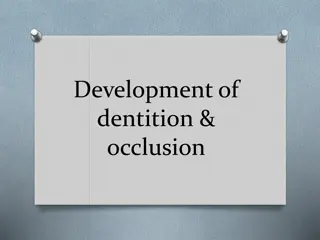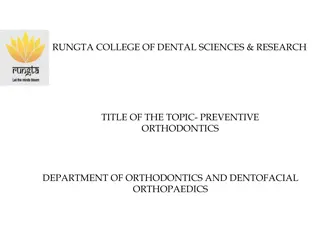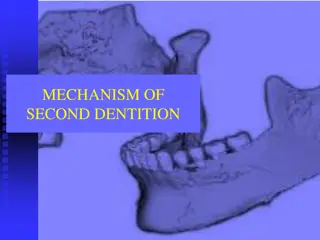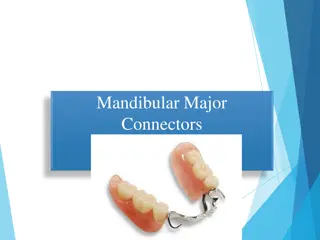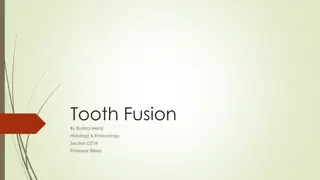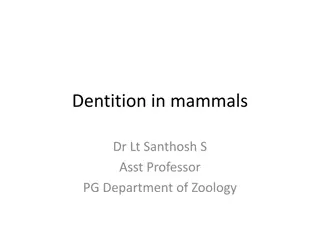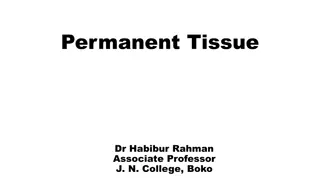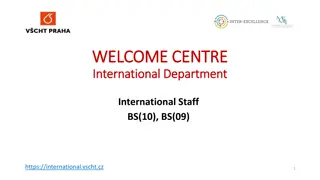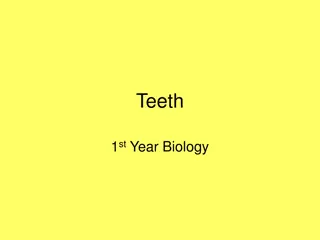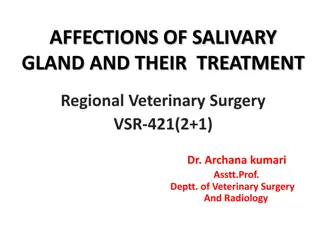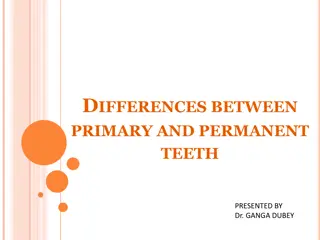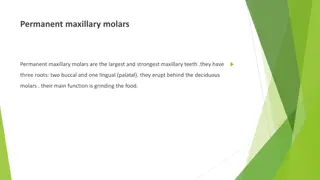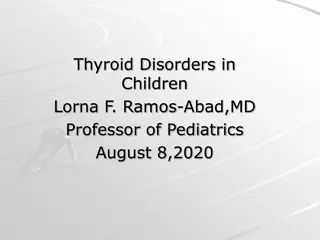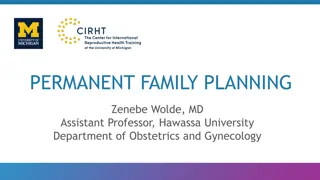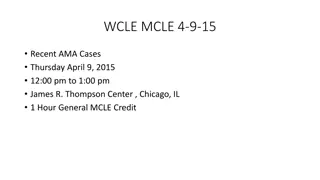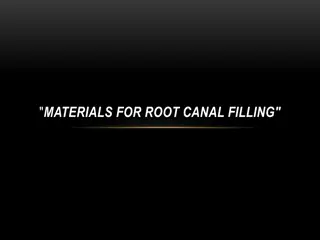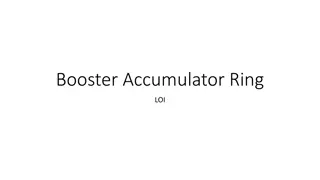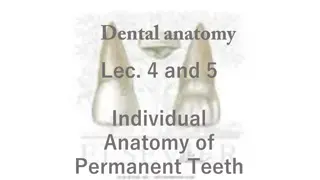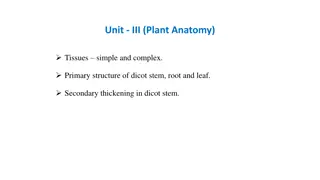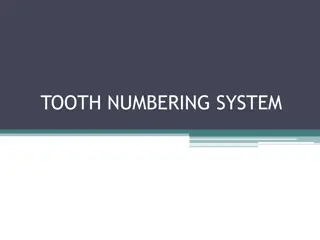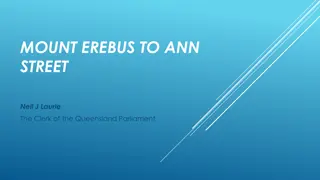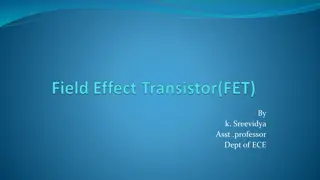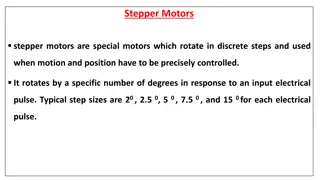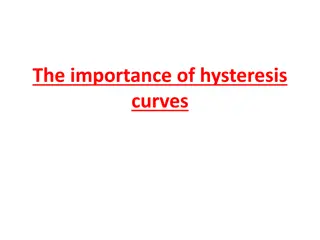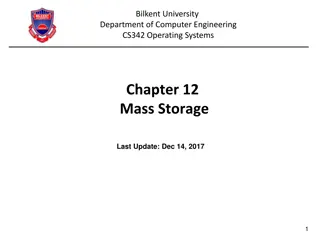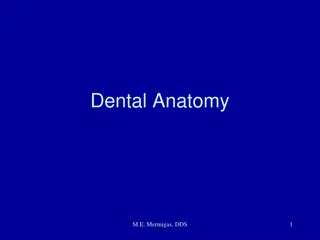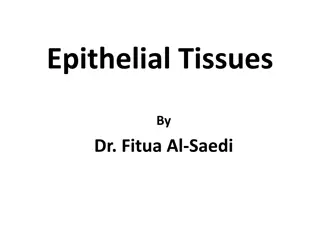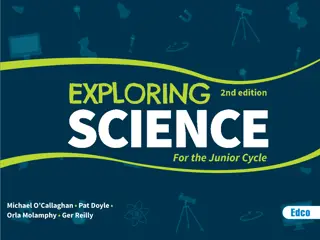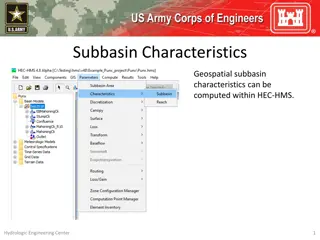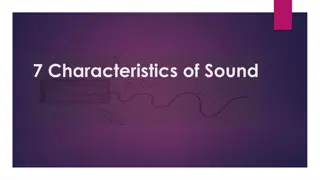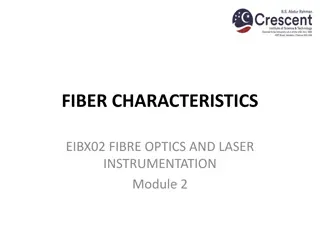Characteristics of Mandibular Incisors in Permanent Dentition
Mandibular incisors in the permanent dentition are unique with 2 centrals and 2 laterals, featuring smaller dimensions and specific anatomical characteristics such as incisal ridge inclinations, lingual surface smoothness, root grooves, and distinct crown outlines. The morphology of these teeth differs from maxillary incisors, showcasing traits like incisal edge angles, contact areas, and root depressions. Understanding these distinguishing features is essential for dental professionals in clinical practice.
Download Presentation

Please find below an Image/Link to download the presentation.
The content on the website is provided AS IS for your information and personal use only. It may not be sold, licensed, or shared on other websites without obtaining consent from the author. Download presentation by click this link. If you encounter any issues during the download, it is possible that the publisher has removed the file from their server.
E N D
Presentation Transcript
Mandibular incisors are 4 in number, 2 centrals and 2 laterals. 1.The mandibular incisors have smaller mesio-distal dimensions than any of the other teeth. 2.The contact areas are near the incisal ridges mesially and distally. 3.The lingual surface is smooth and relatively featureless with the cingulum and the marginal ridges are not well developed. 4.The labial surface inclined lingually so that the incisal ridge is lingual to a line bisecting the root. 5.The incisal surfaces of these teeth show a labial inclination in contrast to those of the maxillary incisors which have a lingual inclination.
1.It is the smallest tooth in the permanent dentitions. 2.The incisal ridge is lingually inclined. 3.well-defined distal longitudinal groove is seen on the root.
1.The incisal ridge is straight and nearly at a right angle of the long axis of the tooth. 2.The disto-incisal angle is more rounded than the mesio- incisal angle. 3.The contact areas are incisal to the junction between the incisal and middle thirds of the crown. 4.The mesial and distal root outlines are straight with a distally curved apex. 5.The labial surface of the crown is smooth, being more flat incisally and more convex as it goes cervically. 1.The lingual surface of the crown is smooth with very slight concavity at the incisal third. 2.No developmental grooves are found near the cingulum. t 1.the labial outline above the cervical curvature is straight. 2.The lingual outline show a shallow concavity ending to the blunt incisal ridge which lingual to a line bisecting the root.
3.The curvature of the cervical line goes incisally about one third the length of the crown 4.the mesial surface of the root show a broad developmental depression for most of the root and this become deeper at the junction of the middle and apical thirds. 1.The cervical line curvature is less than that mesially. 2.The developmental groove in the root is more marked than that on the mesial side with a deeper and more well- defined developmental groove in its centre. 1.the mesial half of the crown is almost identical to the distal half (bilateral symmetry). 2.The incisal edge is at a right angle to a line bisecting the crown labio-lingually (Mark identification). 3.At the incisal third, the labial surface of the crown is broad and slightly convex,and the lingual surface is slightly concave. 4.More of the labial surface can be seen than the lingual one from this aspect. 5.labio-lingual diameter is greater than mesio-distal one.
1.Slightly larger than mandibular central incisor with fan shaped crown. 2.The crown is slightly longer, but the root is considerably longer than the mandi.cent.incisor. 3.The mesial side of the crown is longer than the distal side, causing the incisal ridge to slope downward in a distal direction. 4.The distal contact area is more towards the cervical line than the mesial contact area. 5.Faint marginal ridges but more prominent than that of the mand.cent.incisor. 6.The incisal edge is twisted distally in a lingual direction to follow the curvature of the lower arch. 7.There are mesial and distal developmental depressions on the root.
Location of the incisal ridge Labial outline (from mesial aspect) Lingual aspect Contact areas Size


